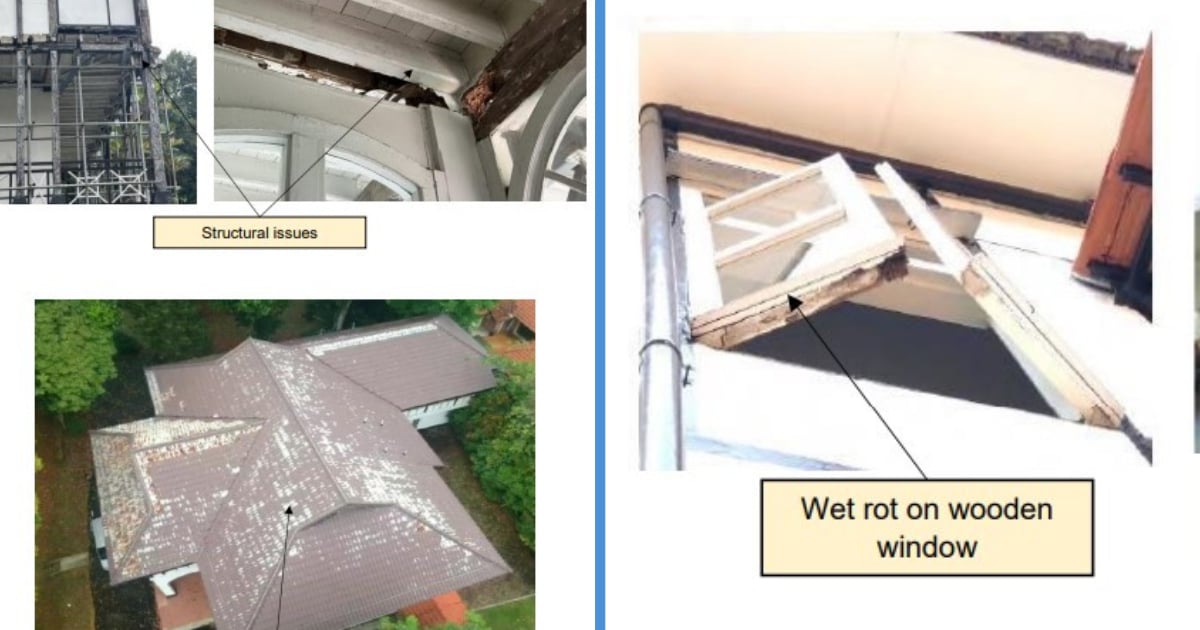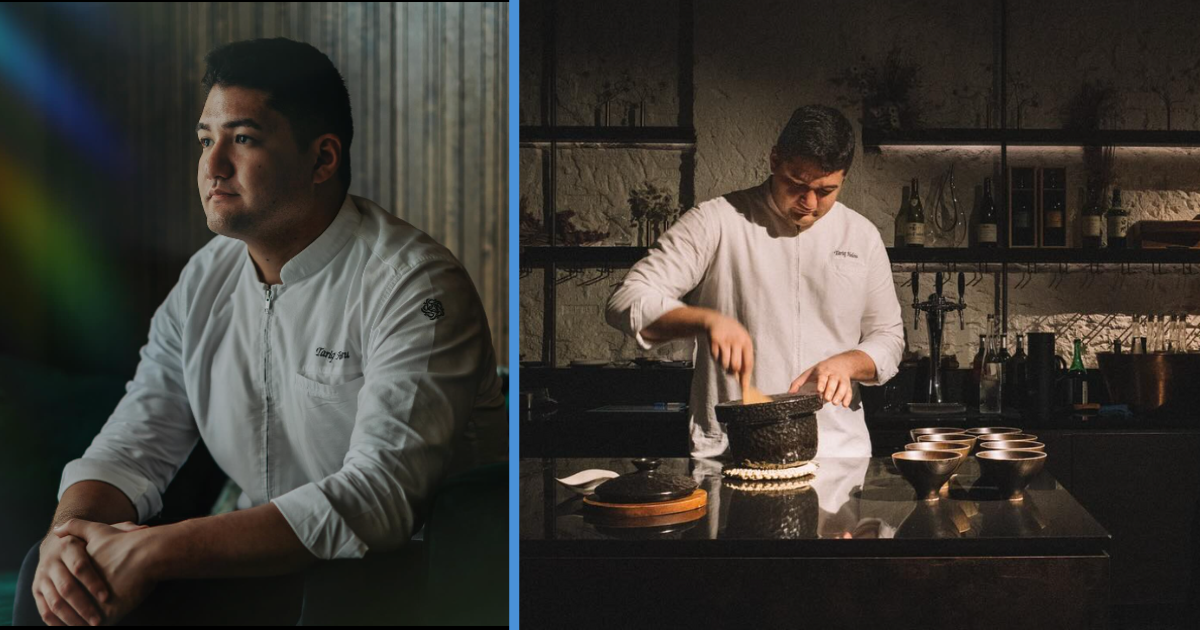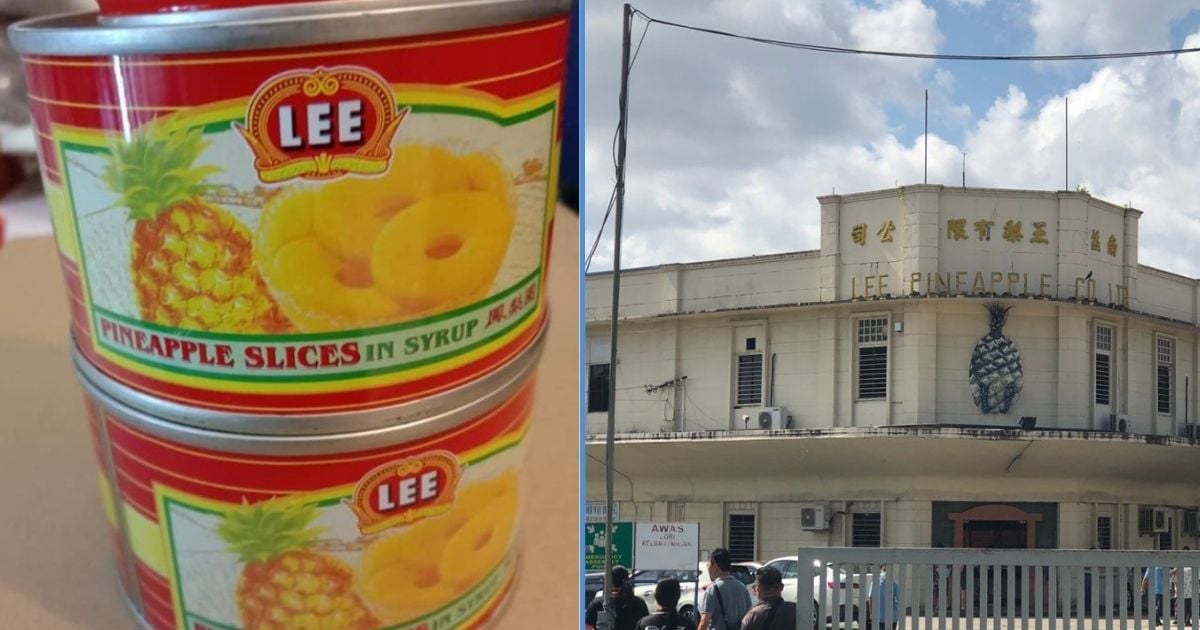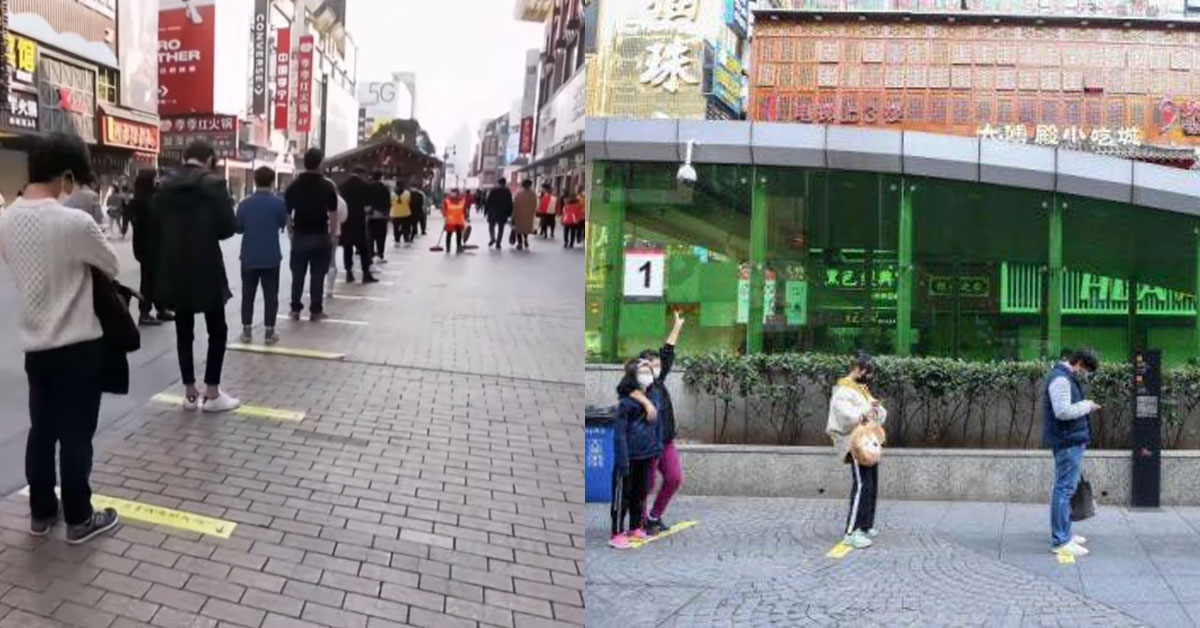Even if you’ve been living under a rock, you’re probably aware of how two ministers in Singapore recently came under fire.
Not because of how hot it’s gotten in Singapore, but rather due to the amount of money involved in the renting of their bungalows.
To be more specific, those two ministers were Minister for Home Affairs and Law K. Shanmugam and Minister for Foreign Affairs Vivian Balakrishnan.
In particular, some were suspicious that they had received “privileged information” and were paying cheaper rates for rent because of their, well…
Status.
After the news broke, Senior Minister Teo Chee Hean and the Corrupt Practices Investigation Bureau (CPIB) conducted an investigation.
It was then announced on Wednesday (28 June) in Parliament that both ministers had been cleared of any wrongdoing.
Furthermore, it was reported that the rent both ministers paid for their homes was “comparable” to the other houses in the area.
For reference, Mr Shanmugam pays $26,500 for rent each month, while Dr Balakrishnan currently pays $20,000 per month.
Mr Shanmugam was even found to be paying a higher-than-average rental rate.
And most recently, the Singapore Land Authority (SLA) responded to The Straits Times regarding why a whopping $1,085,900 was spent on refurbishing the ministers’ homes.
SLA’s Response
According to the SLA, which is in charge of managing, conserving and renting the bungalows, the $1,085,900 was spent on repair works to make the houses “habitable”.
The government had spent $515,400 on the repairs at 26 Ridout Roud, Mr Shanmugam’s home, and another $570,500 at 31 Ridout Road, where Dr Balakrishnan lives.
As for what exactly this money was spent on, SLA revealed through a report released on 28 June that money was spent to fix things like structural issues, poor roof condition, wet rot and peeling paint.
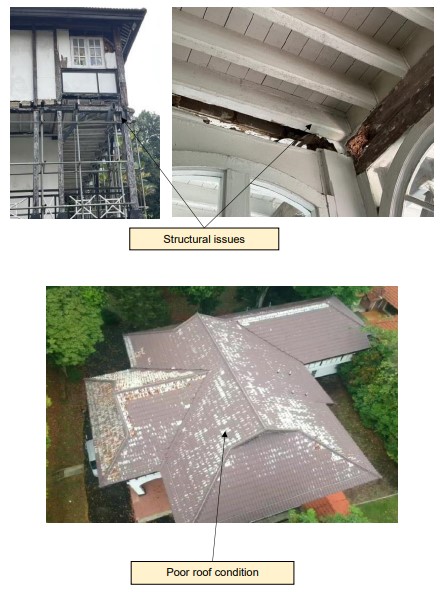

The report also emphasised how no one was staying in the bungalows for a long period of time and that they were in poor condition.
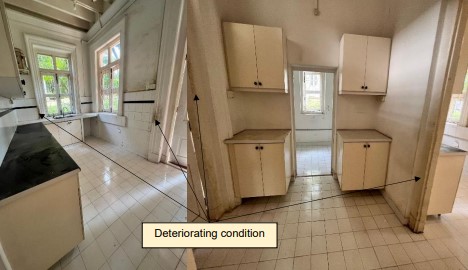
When responding to The Straits Times, SLA further revealed that other refurbishment works like ceiling works, as well as repair of floor cracks, tiles, gas pipes and broken windows, were carried out as well.
Works around the houses, such as electrical rewiring, horticulture works, termite treatment, as well as road and fencing repairs took place too.
As for the individual bungalows, the 26 Ridout Road bungalow, which spans 856.5 square metres (sqm) and is rented to Mr Shanmugam, required water pump and sewerage repair works.
Dr Balakrishnan’s 31 Ridout Road home, which spans 824.3 sqm, needed roof repair works, water-proofing works and a replacement of the water tank.
Other Similar Black-and-White Bungalows Had Similar Refurbishment Rates
SLA also pointed out that other similar bungalows along Malcolm Road and Orange Grove Road also had similar refurbishment rates.
The bungalows SLA compared the Ridout bungalows to were from 480.2 sqm to 742 sqm in size; the government had spent between $408,800 and $1,132,800 on refurbishing these properties.
With regards to the amount of money the government spends on refurbishing these homes, the authority explained that it carries out a cost-benefit analysis to ensure that the amount of rent collected can cover the renovation costs over the “expected period of use”.
The expected period of use can last for over a decade.
Apart from that, SLA also clarified that the post-refurbishment condition of the bungalows contributes to the valuation of these properties.
Experts’ Opinions
On the other hand, experts whom The Straits Times spoke to did not find the costs or renovation works surprising.
Architectural conservation specialist Ho Weng Hin, a founding partner of architectural conservation consultancy Studio Lapis, said $1,085,900 being spent on the refurbishment works for the two bungalows was “not surprising”.
He attributed this to the damage and safety issues caused by the tropical climate, as well as the long period of vacancy since these houses need to be maintained regularly.
Lastly, he also pointed out that there are not many “historical bungalows” left in Singapore and that the country should maintain them well for “heritage purposes”.
Mr Nicholas Mak, chief research officer of Mogul.sg, a property technology company, explained that if there are issues with any kind of property prior to renting it out, landlords should pay for the refurbishing works before tenants move in.
Mr Lee Sze Teck, senior director of research at Huttons Asia, explained that the costs landlords should expect to pay for include repair work done for pipes, drains and windows.
And it seems like some Members of Parliament have questions in response to the report and findings.
In a statement published by the Workers’ Party (WP) yesterday (29 June), the party revealed that it is currently looking through the investigation reports.
Although the party declined to comment, it shared that its MPs have since filed questions for next week’s Parliament sitting.
In particular, Leader of the Opposition and WP chief Pritam Singh from Aljunied GRC filed a question pertaining to how the government can guarantee that both ministers “did not receive any privileged information on the rentals”.
Mr Gerald Giam from Aljunied GRC submitted a question to clarify if the Auditor-General’s Office audits the bidding process of black-and-white bungalows.
On the other hand, Mr Leon Perera, also from Aljunied GRC, wanted to clarify what SLA does when such properties are left vacant for extended periods of time, as well as the amount of money it takes to maintain these bungalows.
Ms He Ting Ru from Sengkang GRC asked about the process and criteria with regards to granting these bungalows conservation status.
